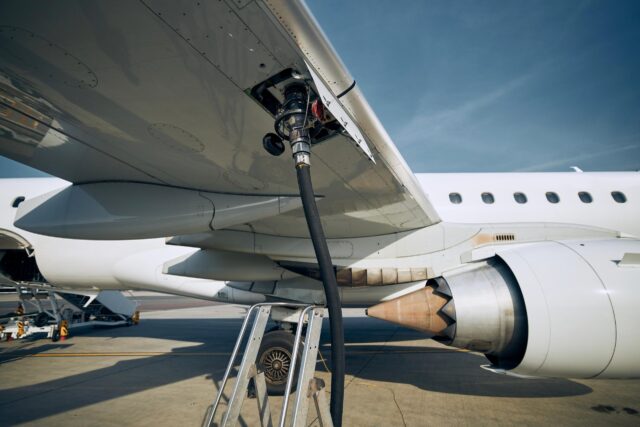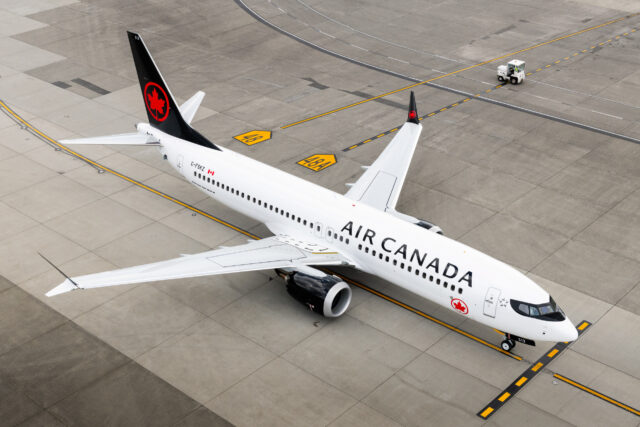Textron Aviation retires Beechcraft Baron and Bonanza aircraft as the Denali becomes its future flagship

November 26, 2025

When Textron Aviation confirmed that it will wind down production of the Beechcraft Baron G58 and Bonanza G36 once outstanding orders are completed, most headlines focused on what aviation is losing: two of the industry’s most recognisable piston aircraft, with lineages stretching back to 1945 and 1961.
But the bigger story lies not in what Textron is retiring, but in what it intends to bring forward.
After years of development, certification delays, and an engine programme reborn under GE Aerospace, the Beechcraft Denali is edging closer to market entry, and Textron is reshaping its general aviation portfolio around it.
A Textron spokesperson told AGN that the move forms part of a broader product investment strategy, saying, “This strategic shift will enable Textron Aviation to focus on welcoming the Beechcraft Denali into its product portfolio while thoughtfully assessing future investments within this segment.”
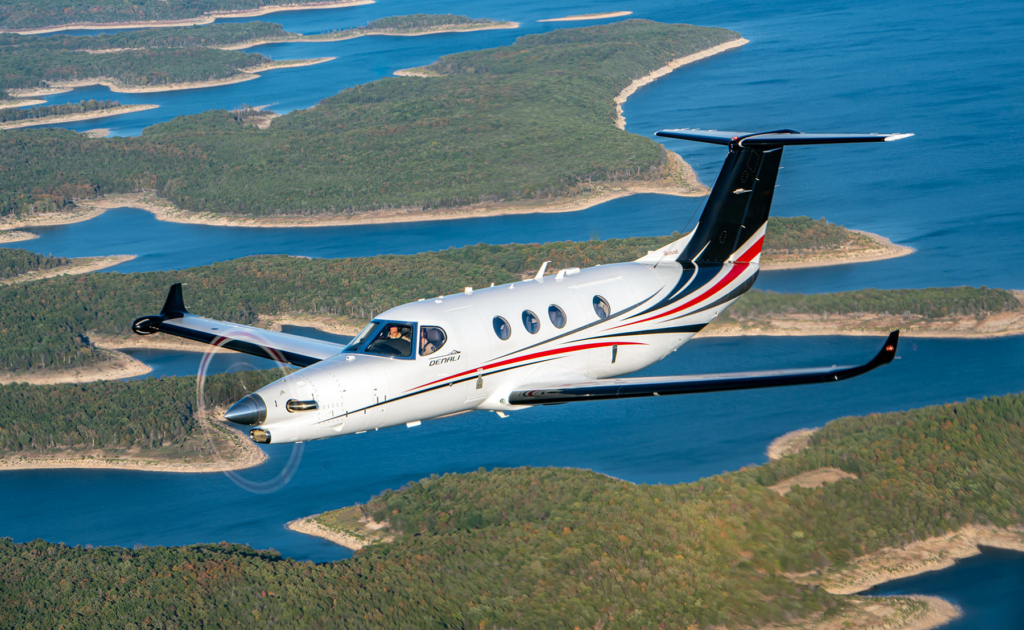
The shift marks a subtle but important pivot. After decades in which Beechcraft’s piston twins were a dependable fixture of Wichita’s production lines, Textron is signalling that the future lies with new-generation turboprops offering the speed, range, efficiency and avionics demanded by today’s buyers.
Industry sources say Textron closed the order books in late 2023 or early 2024, citing a backlog extending to 2027.
Beechcraft Baron and Bonanza end production after 80 years
The timing is symbolic. December marks 80 years since the first flight of the Beechcraft Bonanza, the longest-running production aircraft in history. More than 18,000 Bonanzas and over 6,000 Barons have been delivered worldwide.
But recent volumes tell a different story. GAMA data shows only small batches of Bonanzas and Barons delivered annually, with output eclipsed by competitors such as Cirrus, which continue to dominate the piston and light-jet market.

Although Textron has not used the word “sunset”, the decision effectively closes the book on the last two piston-engine Beechcraft designs still in production.
Why Textron is ending Baron and Bonanza production now
Textron’s reasoning is straightforward: demand no longer justifies continued investment.
The piston market has shifted toward modern composite singles with advanced avionics and lower operating costs, while older, all-metal twin pistons now sit in a shrinking niche.
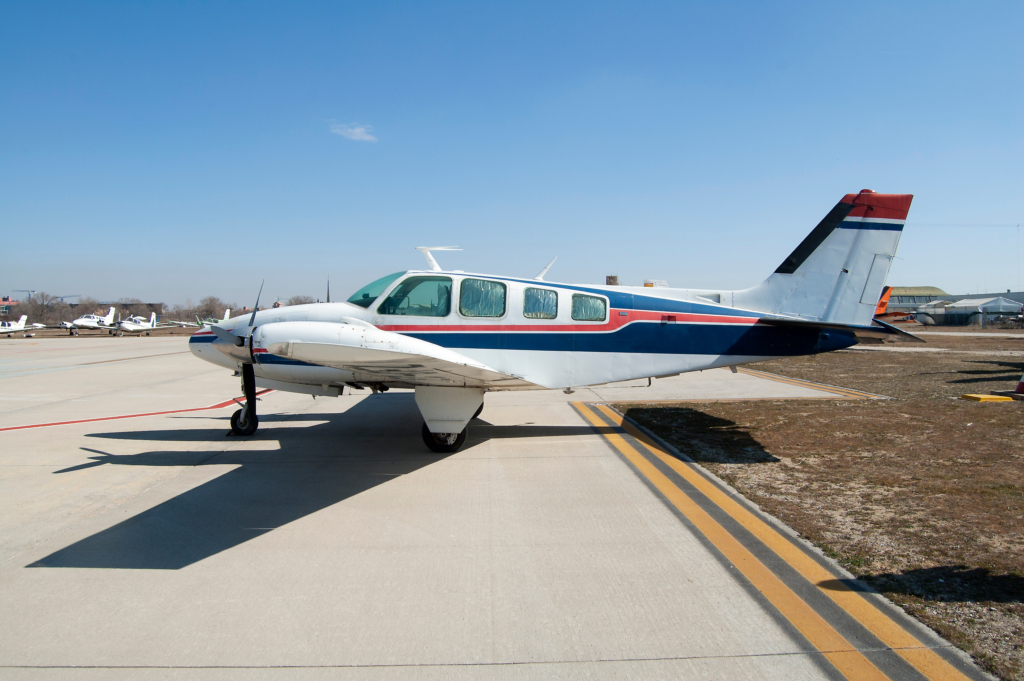
Maintaining legacy types requires engineering, certification and supply-chain resources that Textron wants to redirect elsewhere. The Denali stands to benefit most clearly from that reallocation.
Textron positions the Denali turboprop as its new flagship
Textron is positioning the Denali as the centrepiece of its future Beechcraft strategy. The clean-sheet single-engine turboprop is designed to compete directly with the Pilatus PC-12NGX and Daher TBM 960.
According to the spokesperson, it is “a brand-new, high-performance turboprop designed with more versatility, lower operating costs, smarter cabin space and the backing of a global service network.”
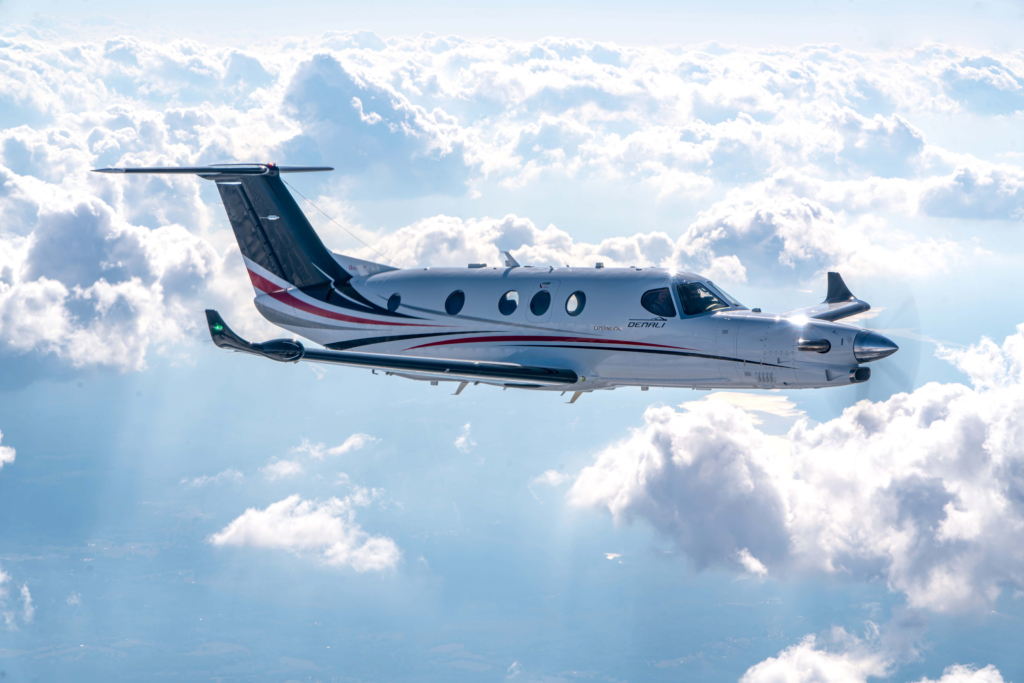
Its defining features include the GE Aerospace Catalyst engine with dual-channel FADEC, Garmin G3000 avionics with autothrottle and Emergency Autoland, and multiple cabin layouts ranging from executive to commuter.
The Denali secured FAA Type Inspection Authorisation in early 2024, and Textron expects first deliveries in 2026. Industry estimates place pricing in the USD 6.5–7 million range.
What the Baron and Bonanza shutdown means for owners and operators
Textron has confirmed that aftermarket support for both types will continue through its global service network, covering a fleet of more than 24,000 aircraft. Some owners believe the end of production may even bolster resale values, as seen with other legacy types.
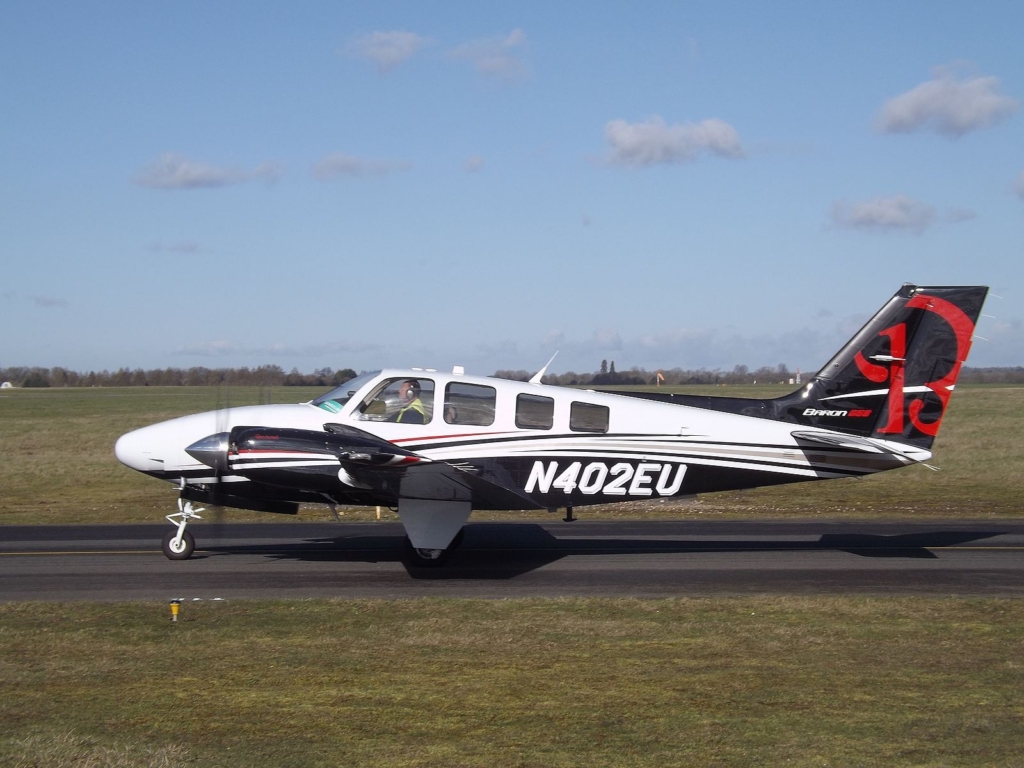
In the training market, where the Baron G58 has long been a staple, flight academies are increasingly shifting to more economical twins such as the Diamond DA42/62. The production decision aligns with these wider trends rather than signalling a fall in operational relevance.
Textron shifts strategy as market demand moves to turboprops
General aviation today bears little resemblance to the market the Bonanza entered in 1945. Buyers now prioritise turbine reliability, simplified power management, digital cockpits and strong support networks — qualities the Denali was engineered to deliver.
With Baron and Bonanza volumes declining steadily, Textron’s decision reflects a shift toward higher-demand, higher-margin sectors such as turboprop business travel, commuter operations and special-mission roles.
Textron stresses that it is not withdrawing from piston aviation. Production of the Cessna Skyhawk, Skylane and Turbo Stationair HD continues with strong orderbooks.
Retiring the Baron and Bonanza allows Textron to streamline its manufacturing footprint and focus its engineering resources on programmes with greater future relevance. It also frees capacity to explore new concepts in the piston segment if market conditions change.
The Bonanza helped define post-war general aviation, while the Baron became a global benchmark for piston twins. Their sunsetting ends one of aviation’s longest continuous production legacies — nearly eight decades of manufacturing.
Yet Textron’s message is clear: as one era closes, another is beginning. With its Catalyst engine, modern flight deck and flexible cabin options, the Denali is set to anchor Textron Aviation’s next chapter.

